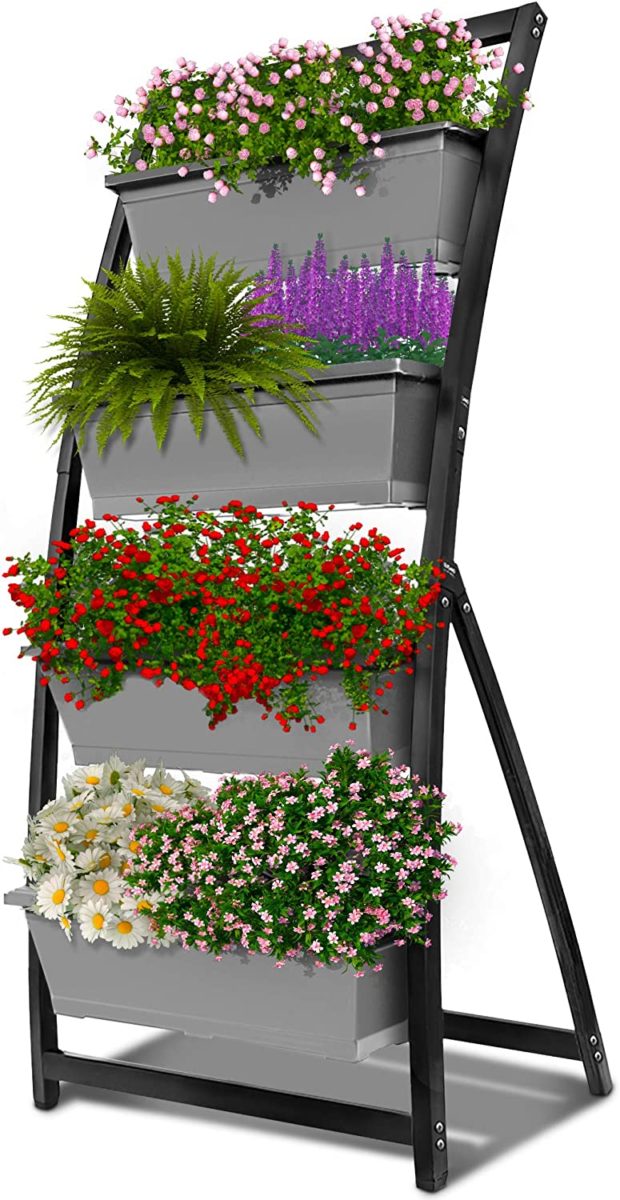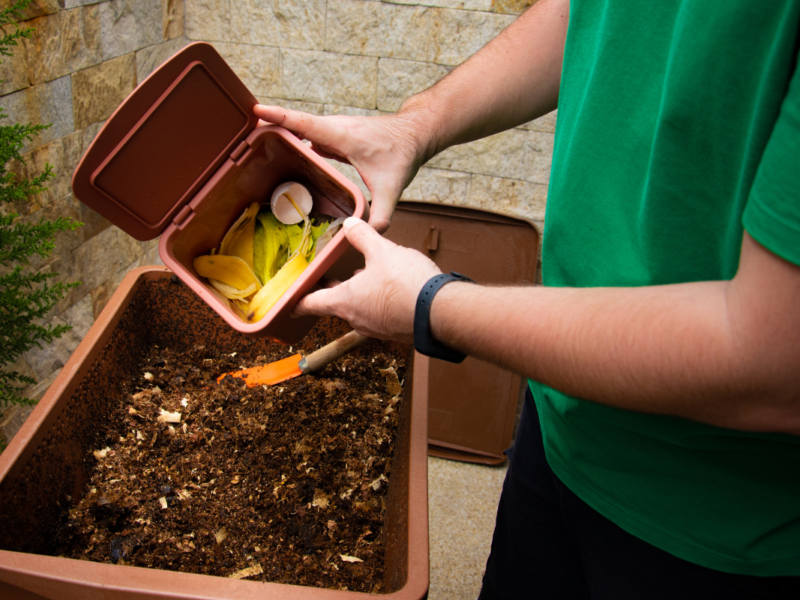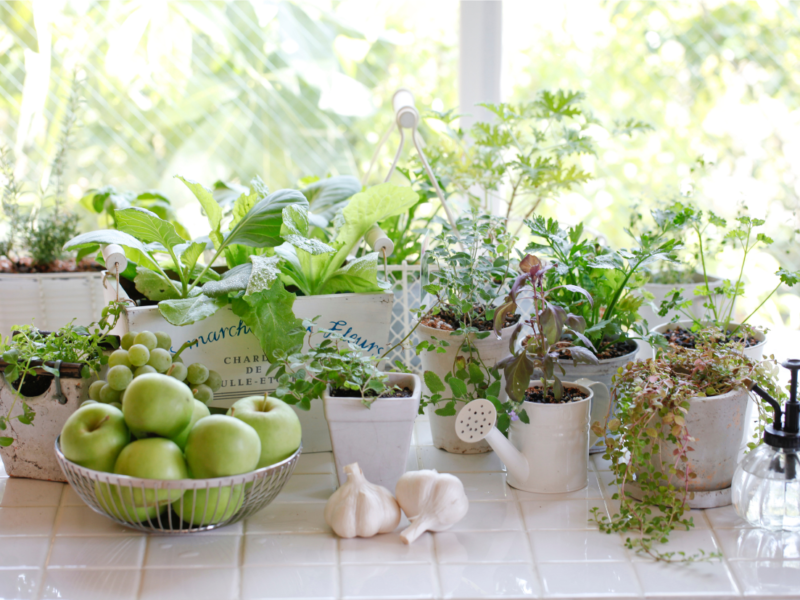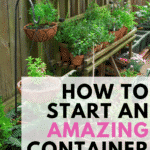Whether you are a master gardener or a novice, these excellent tips can help you start a fantastic container garden on your porch or patio!

This post may contain affiliate links, which means I can receive a commission from any purchase made from the links. I earn from purchases from Amazon links. See the disclosure policy here.
How do you get started with container gardening? It’s pretty simple, although there are several essential things to remember if you want your container garden to thrive. Read on to see the container garden ideas that will inspire and lead you to gardening success!
This post is all about how to grow food in a container garden.
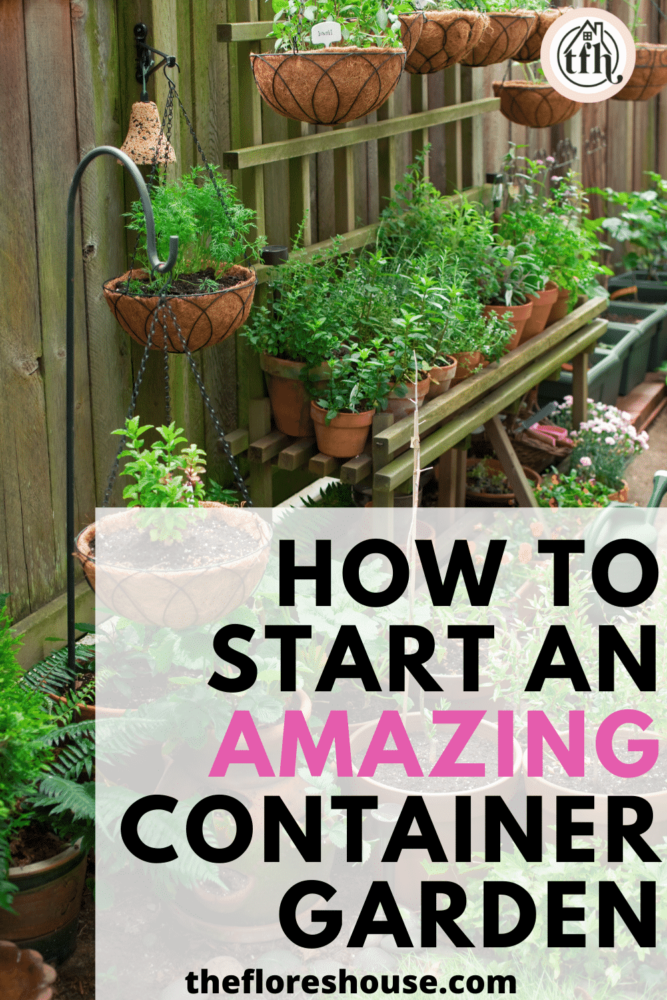
How to Start an Amazing Container Garden
How much do you love vegetables? If you’re as crazy about vegetables as I am, you may want to consider adding some container gardening to your space.
Container gardening allows you to grow vegetables in places that don’t get enough sun or where the soil quality isn’t suitable for growing vegetables.
Container gardening is also a great option when you have little free space for garden beds! Here are some tips for container gardening and enjoying a bountiful harvest of your favorite garden vegetables.
Get Started with Container Gardening
While gardening in containers is a great way to produce fresh vegetables and herbs right at home, it requires some knowledge to get started. The good news is that anyone can do it—follow these four steps for container vegetable gardening success.
- Location
- Plant Choices
- The Best Soil
- Container Selection

Find the Best Location for Your Container Garden
When deciding where to place your containers, consider a few factors. For starters, pick a spot with at least 6 hours of sunlight daily.
If it doesn’t get full sun, supplement its light supply by placing it near a south-facing window or another natural light source.
Where Will Your New Container Garden?
Also, remember that tomatoes and peppers (which belong to the nightshade family) shouldn’t be placed too close to each other—or any other plants for that matter—as they’re susceptible to wilt and can cause issues for nearby vegetables.
For watering, ensure you have an appropriate water source nearby. Drip irrigation is ideal because you can control precisely how much water your container garden receives at any given time.

Choice Vegetables and Fruits for Container Gardening
Grow your fruit and vegetables in containers if you have little space at home or no yard. With some planning, however, it’s not as difficult as you might think to grow some fantastic produce straight from your patio or balcony.
Just remember that certain plants grow better than others in containers. If you don’t know which will work for you, research which vegetables and fruits do well in containers.
A Few of Our Favorites Include:
- Herbs: Thyme, oregano, mints, parsley, cilantro
- Green onions and chives
- Lettuce, spinach, and kale
- Strawberries, blueberries
- Lemon and orange trees
- Spoon and cherry tomatoes
- All kinds of peppers
- Cucumbers
I recommend starting with the best quality seeds and plants to set yourself up for success. Look for heirloom varieties like a lettuce blend from Baker’s Creek. Gurney’s is a great place to find quality fruit trees and berries.
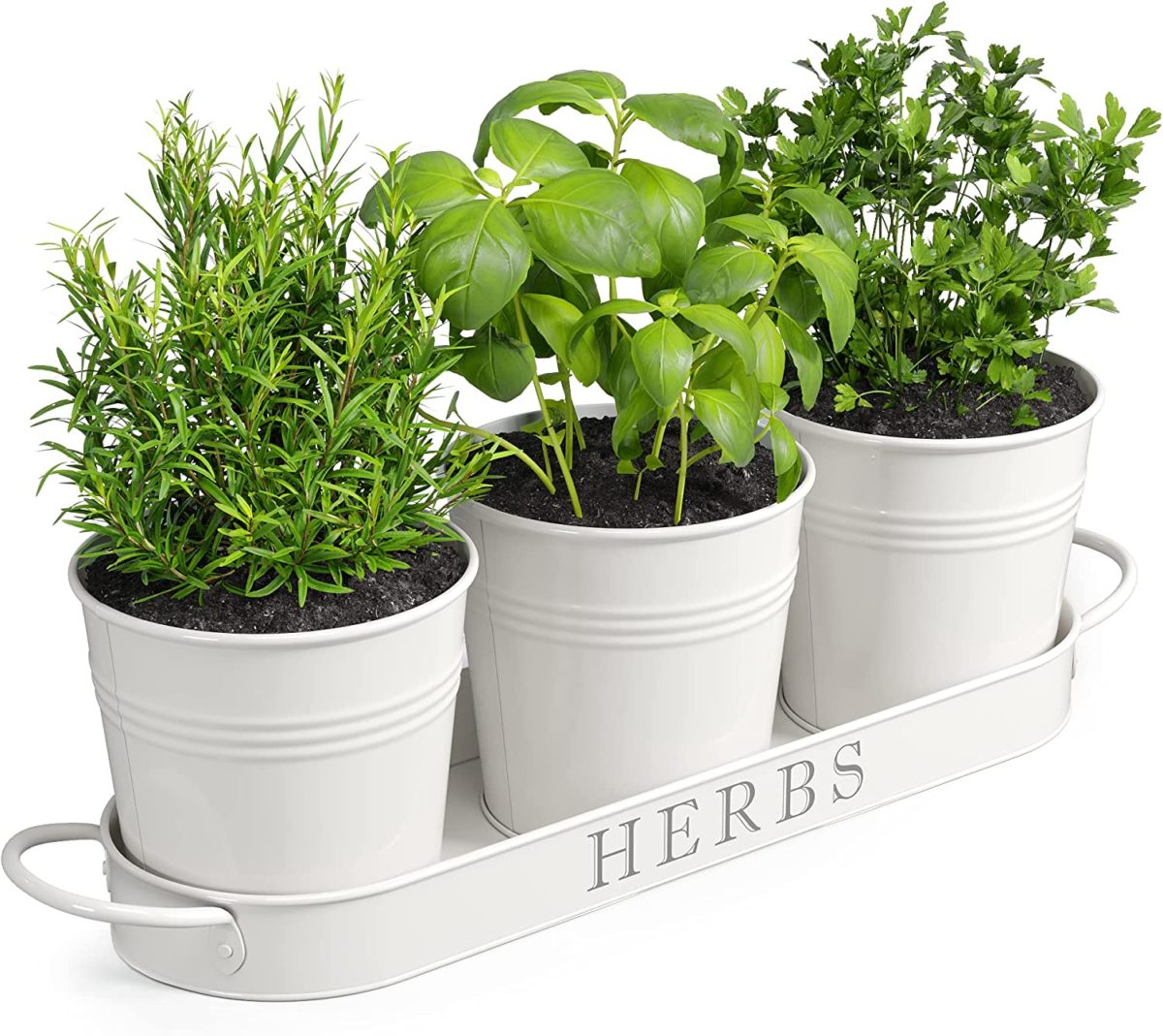

Choosing the Best Soil for Containers
Determining which soil is best can be challenging if you’re growing vegetables in containers. Don’t worry—you don’t have to know much about soil to start.
As long as you follow some basic rules, you can use almost any soil. One rule: Avoid potting soils that contain peat moss since they don’t drain well and create wet conditions perfect for root rot and other fungal problems.
The best container gardening soils are lightweight and porous, promoting good drainage so plants don’t become waterlogged (though make sure your containers also allow drainage).
The second most important factor in your container garden soil is air circulation.
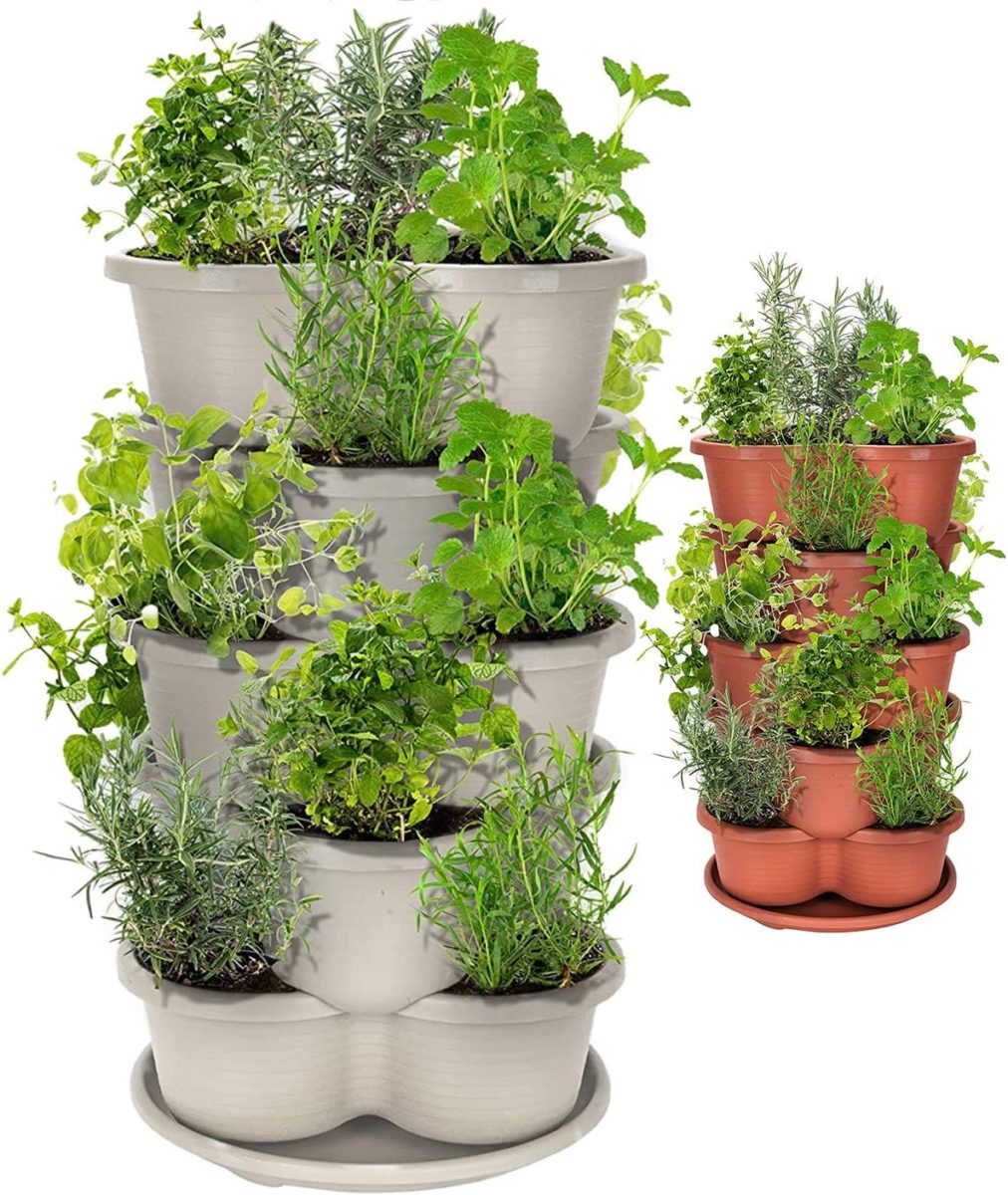
Compost and Rabbit Manure for Container Gardens
Rabbit manure can be used in various ways for your container garden. Mixing it in with potting soil is one option, or you can use it directly as a top dressing. There’s no wrong way to use rabbit manure if you want to incorporate it into your container garden.
It’s essential to know how much manure to add, so check out our guide to using rabbit poop in your vegetable containers.
Compost is an essential tool in any gardening or container gardening endeavor. It improves soil structure, which helps retain moisture and adds nutrients such as nitrogen, phosphorous, and potassium that are vital for plant growth.
If you have many containers to fill with plants and don’t want to spend a lot of money on soil amendments, you might consider making your own compost at home and adding it to your pots.
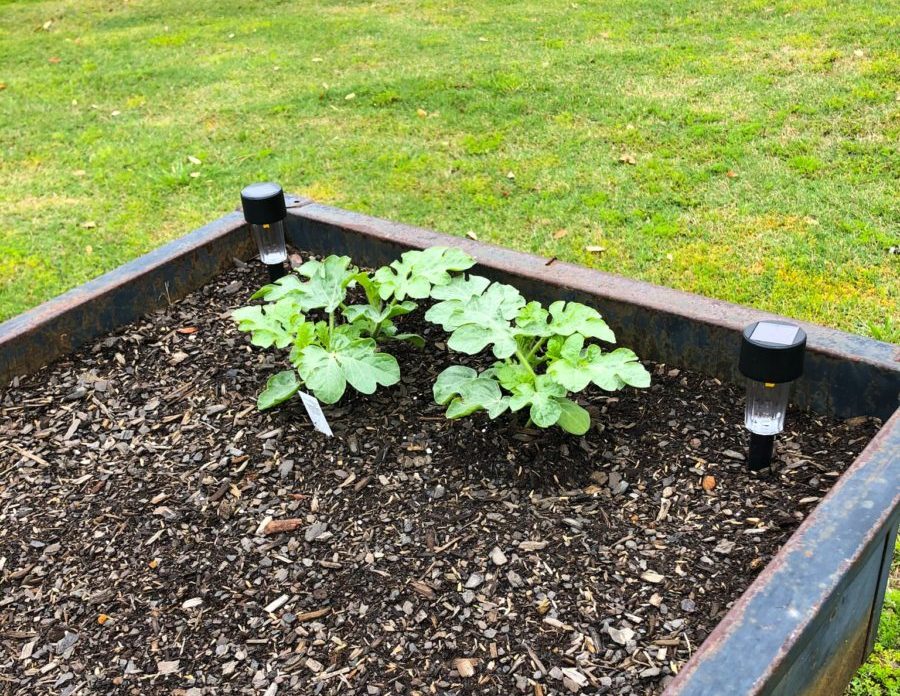
Choosing the Best Containers for Your Vegetable Garden
Containers come in various shapes and sizes so that you can choose ones that match your decor. If you’re starting a container garden indoors, consider smaller pots, so they don’t get too heavy when full of soil.
When choosing your containers, also keep in mind how often you’ll need to water them as well as their size.
Many options are free or cheap, but make sure that you choose containers that do not have painted or varnished interiors. Containers like this risk leaking harmful chemicals into the soil where you will be growing foods.
Sustainable & Upcycled /Container Options
- An Old Wheelbarrow
- Vintage Bicycle with Baskets
- Child’s Sandbox
- Thrifted Teapots and Kettles
- Old Pasta Colanders
- Canvas Bags
- Canvas Shoe Organizer
- Plastic Pails
- Recycle Old Milk Jugs and Other Food Packaging
- 5-gallon buckets
- Sew Your Own Grow Bags with Natural Weed Barrier Fabric
- Storage Containers, Drawers, and Tubs
- DIY Concrete Pots and Planters
Vertical Gardening Containers
To maximize space, growing fruits and vegetables vertically can deliver big harvests! There are tons of vertical gardening ideas on the internet. Here is a list of containers to look for to get you started.
Our Favorite Vertical Container Garden for the Price
- Create a Garden Wall with pots or rows of gutters
- Grow Greens and Strawberries in this stackable system.
- Try a Free-standing Vertical Planter if you don’t have a wall to use
- Hanging Pocketed Vertical Garden
- Tomato or Strawberry Upside-down Hanging Baskets
There are many container options for your new garden! Knowing how the plants grow and how deep and wide their roots will go is essential. Here are a few rules to remember:
- Tomatoes need deep soil and will grow to fill the planter with roots. All the little hairs on a tomato plant will turn into roots, so bury them deep for a strong and healthy plant. 5-gallon buckets (or larger 2-4 feet deep) work best. Choose a type specifically designed for containers for best results.
- Small and shallow containers (12 inches) are acceptable for greens like spinach, kale, radishes, and cabbages.
- Beans, eggplants, and peppers need 24 inches of soil depth.
- Winter squashes, rhubarb, and okra need 2-4 feet of soil depth.
This post was all about how to start a fantastic container garden.

